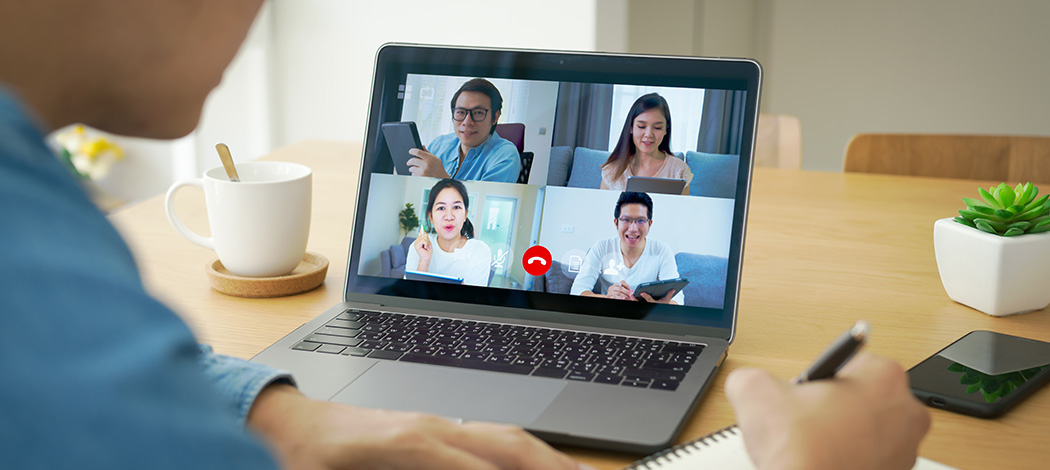Is the Physical Office Dead? – How remote working is reinventing how we work alone, and together

In this Episode:
“If [businesses] can get [it] working in the right context,” says Sutherland, “[they] will have superpowers above and beyond other people’s companies. There are things happening behind the scenes right now that are extremely powerful.”
American born, Netherlands-based facilitator and author Lisette Sutherland is an international champion of virtual-team strategies and she loves working from home. It’s quiet, she has one of those sit-stand desks, a chair she can sit on cross-legged, and (best of all) she can go for a run whenever she wants.
Is remote working better for our mental health? Not necessarily, says Sutherland, but it is the wave of the future. Her book, Work Together Anywhere: A Handbook on Working Remotely — Successfully — for Individuals, Teams, & Managers offers a complete blueprint for optimizing team success by supporting every member of every team. The book was published just as the pandemic hit (talk about great timing!) placing Sutherland at the forefront of a movement that has completely changed the way we structure our day and collaborate with colleagues.
When the global pandemic hit, office-based workers around the world suddenly had to make kitchen tables or corners of bedrooms into productive workspaces. Many months later, most are still not back in their office and some companies are considering the remote working model as a permanent one. This has led to a complete shift of mindset, not just about where we work, but how we get that work done.
“[At one time] managers thought people would be lazy, but we found that the opposite is true,” says Sutherland. “Most people just want a little wiggle room in their schedule. Giving people the freedom to design where they need to work to get the job done is going to be really powerful for companies.”
For many, working from home has in fact meant working more hours, not less. To avoid exhaustion and burnout, Sutherland sticks to a hard start and stop time, uses a Full Focus Planner to organize her schedule, and has established a personal shutdown ritual that involves going for a walk in her neighborhood.
Another way that remote working has had a big impact is on how teams work together. Beyond traditional video conferencing tools, some companies are using cutting-edge technology that could totally reinvent the way projects get done.
This includes virtual offices that let you go online and ‘visit’ individual offices or meeting rooms, and telepresence robots that allow employees to beam in and move around in a physical space. Virtual reality apps such as Meeting VR have created ways for individuals in locations all over the world to walk into a virtual boardroom, sit down, and share ideas with their colleagues in 3D.
So, is remote working something that will live on beyond the pandemic? Most likely. “A lot of people say, oh the future of work is remote. And I always think that the future of work is choice. People should be able to decide when and where they work the best,” says Sutherland. “If businesses don’t put systems in place that can allow for the choice, they’re going to lose their top talent.”
Resource Links:
Lisette Sutherland can be contacted at lisettesutherland.com
Resources and workshops to help individuals and companies work remotely—successfully: collaborativesuperpowers.com
Virtual Reality Meetings App Meet in VR